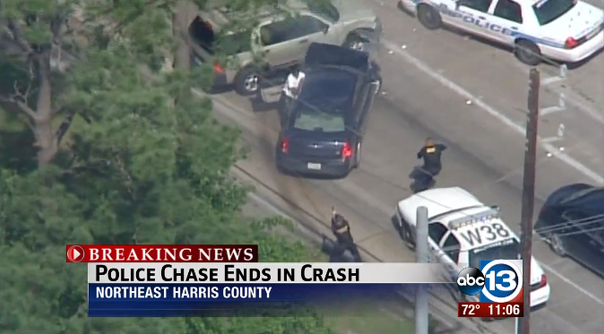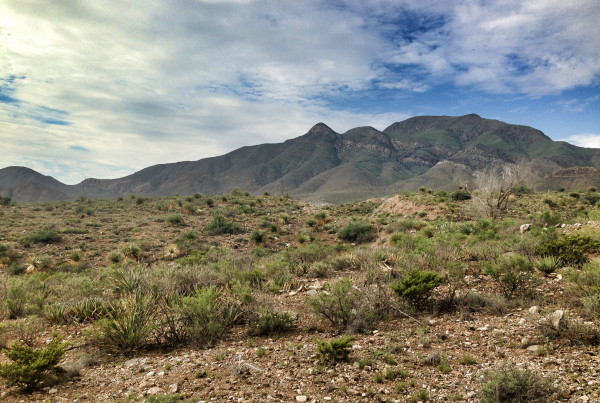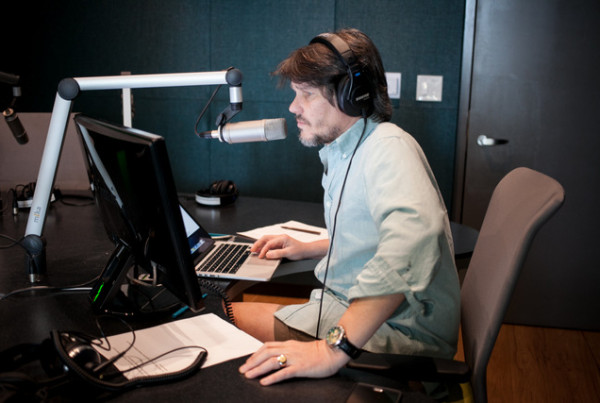The Houston driver, who has been identifed as 41-year-old Frank Shephard was the father of three children with another on the way. It’s not clear whether he had a weapon but police say it looked like he was reaching for one as he attempted to surrender after the 20 minute chase.
Al Tompkins tracks broadcast journalism with the Poynter Institute.
On whether Americans still tune in for car chases:
“These kinds of things very often still generate significant ratings – that doesn’t make an overwhelming reason for covering them LIVE – but they do still attract a fair number of viewers. I’m not sure people are exactly desensitized. I think the larger issue is ‘why is this news that has to be broadcast live?’ I mean, at a minimum, why can’t it be on a delay system? Because what you saw, at lest on one TV station and maybe more, what you saw was a LIVE crash and then later a shooting of a man LIVE on television. And that’s not the sort of thing that broadcasters probably ought to be doing unless there’s an overwhelming reason for it.”
On whether a car chase is news:
“In one case, there was a television station that was on the air and they didn’t even know where the chase was occurring. They said ‘we’re not sure if they’re traveling north, south, east or west’ – those were their words! If there’s a reason for (airing a car chase) then tell me what that reason is other than ‘wow, this is going on’ … I’m not suggesting for a minute that we ought to not cover these things. I’m just asking why we’re covering them LIVE … There may be a reason for showing extremely graphic video but we don’t know that reason while we’re LIVE on the air.”
On whether video can lie:
“Sometimes video does lie. With your own eyes sometimes you see things and still don’t understand them so video, no doubt, adds to the body of evidence but the video itself is not always the be-all-end-all of what occurred … We don’t know what was going on at the moment – we did not know, for example, whether the man had a person in the car.”












